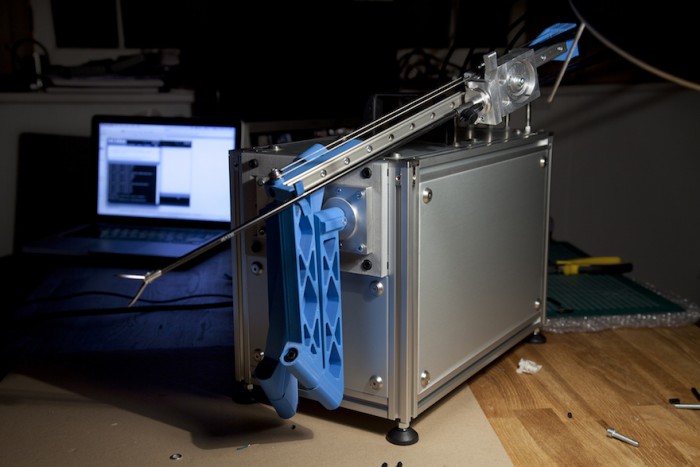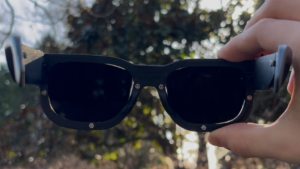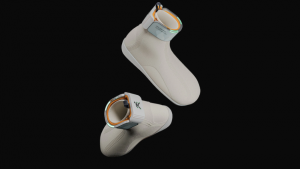The ever-rising cost of healthcare is a hot button issue around the world, especially in developing nations where premium hospital equipment is out of reach for local healthcare facilities. To facilitate change in this regard, experimental designer Frank Kolkman launched the OpenSurgey project, an initiative that investigates whether building DIY surgical robots, outside the scope of healthcare regulations, could plausibly provide an accessible alternative to costly professional healthcare services worldwide.
“Intricate machines like the Da Vinci Surgical System allow even long and complicated procedures to be performed with superhuman precision and dexterity. All while decreasing patient trauma and providing a more comfortable experience for the surgeon,” writes Kolkman.
Although innovative and lifesaving, these machines are not accessible to all. With the OpenSurgey project Kolkman aims to provoke alternative thinking about medical innovation by challenging the socioeconomic frameworks healthcare currently operates within.
Kolkman’s DIY-surgical robots challenge the price tags that come with mainstream surgical devices, some of which could set a hospital back by a whopping $2 million. To show that these machines could be within reach, Kolkman built a device using parts that he bought online. With the help of the 3D printing community, he hacked the parts, bringing them together to form a semi-functional surgical machine.
Kolkman set up the machine to run through a series of surgical movements to display its capabilities but Kolkman says a game console controller would be precise enough to allow a surgeon to operate the device. The device costs around $5000 to construct.
“Although I wouldn’t recommend to attempt surgery with it just yet, after five months of iteration it does, in fact, move, says Kolkman. “I believe accessible DIY surgery equipment would be within reach.”







